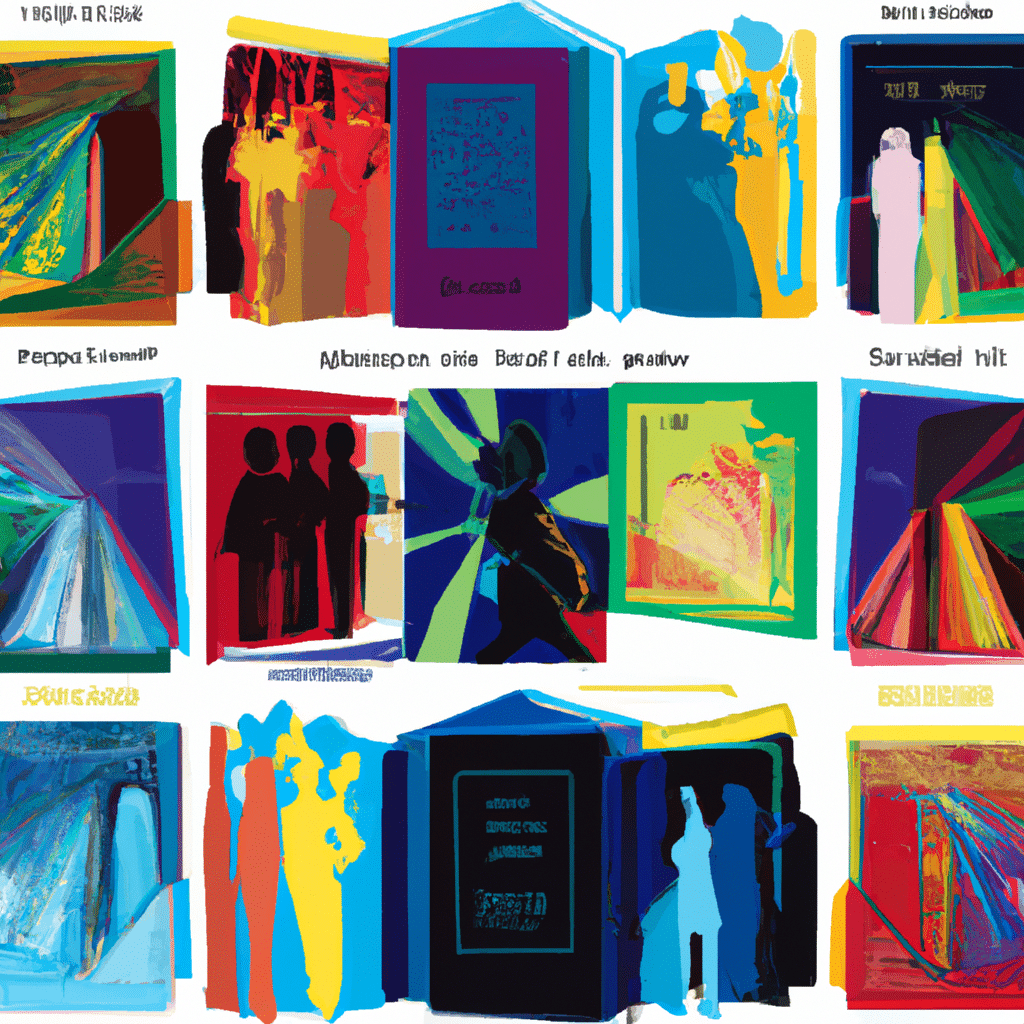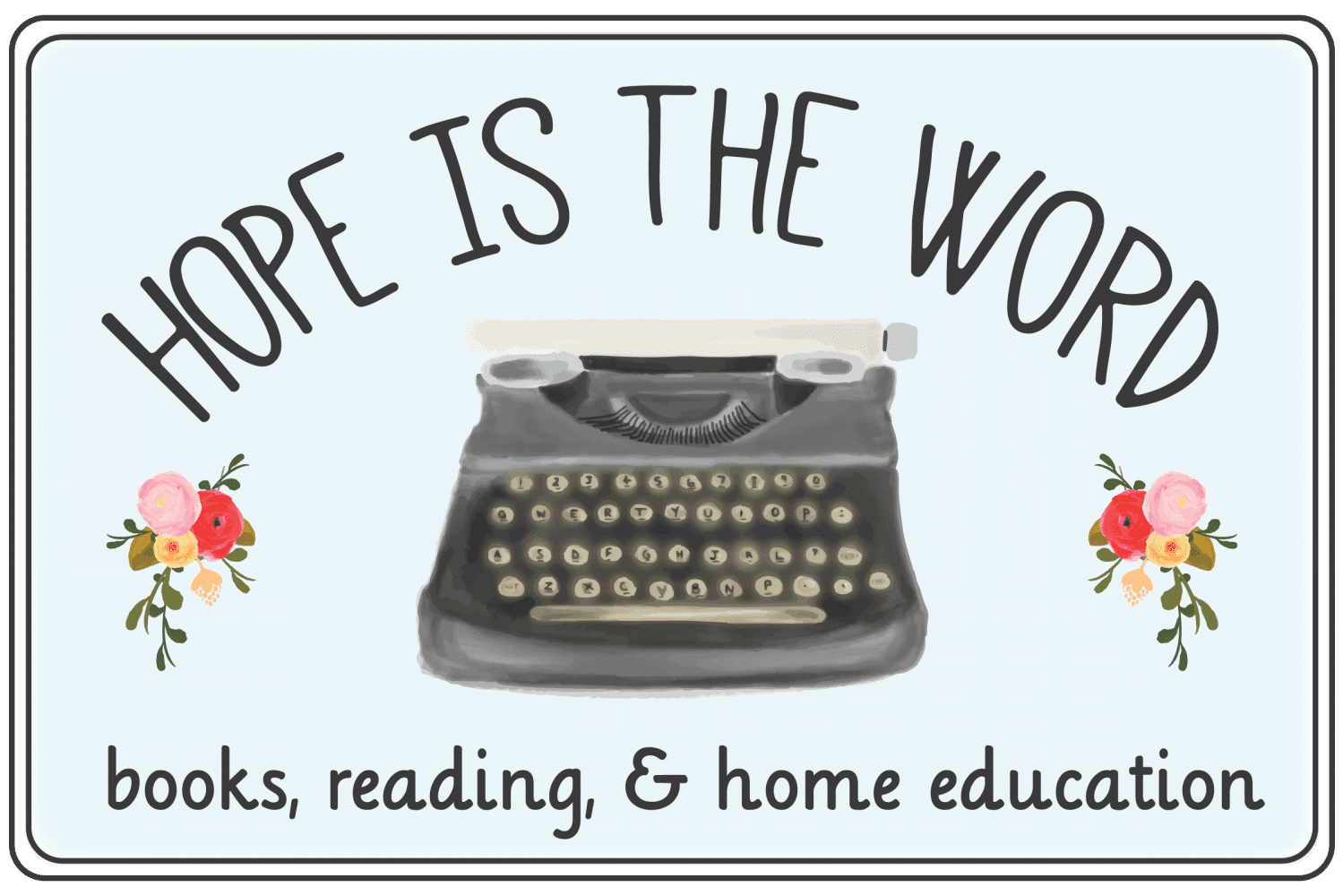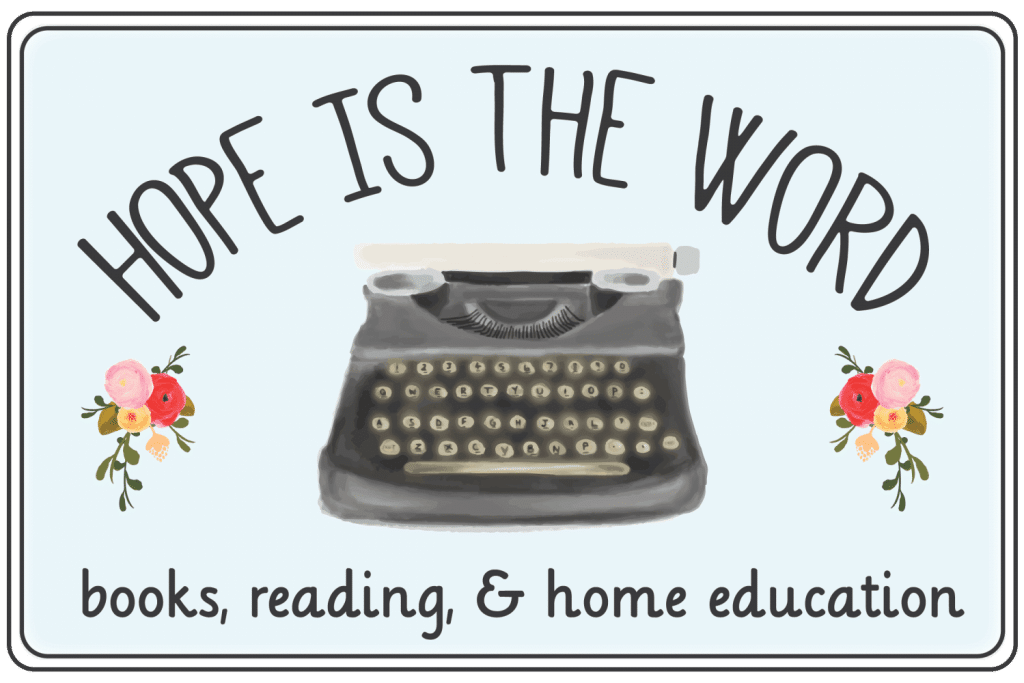
In the world of literature, the boundaries of storytelling have been constantly pushed and redefined. Modern fiction novels have emerged as powerful vehicles to challenge conventional story structures, captivating readers with their innovative and unconventional approaches. In this article, we will explore a selection of remarkable modern fiction novels that have successfully transcended traditional boundaries, captivating readers and paving the way for a new era of storytelling.
Breaking the Mold: The Rise of Nonlinear Narratives
A Paradigm Shift in Storytelling
The evolution of storytelling has given birth to a new wave of narrative techniques that deviate from linear storytelling. Nonlinear narratives, characterized by their fragmented and non-chronological structure, have gained immense popularity in modern fiction. These narratives disrupt the traditional linear progression of a story, often presenting multiple perspectives and timelines that interweave and converge, leaving readers captivated and engaged.
“Cloud Atlas” by David Mitchell
One exemplary novel that exemplifies the power of nonlinear storytelling is “Cloud Atlas” by David Mitchell. This epic work seamlessly weaves together six interconnected stories spanning different time periods, genres, and writing styles. Mitchell’s mastery lies in the intricate connections between these seemingly disparate narratives, ultimately creating a profound exploration of human nature and the interconnectedness of all things.
“House of Leaves” by Mark Z. Danielewski
Another groundbreaking novel that challenges conventional story structures is “House of Leaves” by Mark Z. Danielewski. This postmodern masterpiece presents a complex labyrinth of narratives, footnotes, and typographical experimentation. Through its unconventional formatting, Danielewski immerses readers in a disorienting and haunting experience, blurring the lines between reality and fiction.
Embracing Multiple Perspectives: The Power of Polyphony
A Symphony of Voices
Polyphony, in the context of storytelling, refers to the technique of presenting multiple perspectives or voices within a narrative. This narrative approach allows authors to explore diverse viewpoints and delve deeper into the complexities of human experiences. By embracing polyphony, modern fiction novels create a rich tapestry of voices and perspectives that resonate with readers.
“Beloved” by Toni Morrison
Toni Morrison’s “Beloved” is a prime example of a novel that employs polyphony to great effect. Through the voices of various characters, Morrison unveils the harrowing legacy of slavery and its profound impact on African American lives. Each character brings a unique perspective, allowing the reader to witness the complexities of their experiences and the lasting traumas of the past.
“Cloudstreet” by Tim Winton
Tim Winton’s “Cloudstreet” also embraces polyphony, offering a multi-generational saga set in post-war Australia. Through the interconnected lives of two families, Winton masterfully weaves together a chorus of voices, each offering their own perspective on love, loss, and redemption. This polyphonic narrative creates a vivid and immersive reading experience, drawing readers into the intricate web of human connections.
Experimental Narratives: Redefining the Boundaries of Form
Pushing the Boundaries
Some modern fiction novels go beyond the confines of traditional narrative structures, experimenting with form and challenging readers’ expectations. These experimental narratives break away from conventional storytelling techniques, often blurring the line between literature and other art forms.
“S.” by J.J. Abrams and Doug Dorst
“S.” is an extraordinary collaboration between J.J. Abrams and Doug Dorst that ventures into uncharted territory. This novel pushes the boundaries of storytelling by incorporating handwritten notes, newspaper clippings, and other ephemera within its pages. Through this innovative approach, Abrams and Dorst create an immersive reading experience, encouraging readers to actively engage with the physicality of the book.
“If on a winter’s night a traveler” by Italo Calvino
Italo Calvino’s “If on a winter’s night a traveler” takes experimentation to new heights. This metafictional work is composed of ten different beginnings of novels, each offering a tantalizing glimpse into a potential story. Calvino challenges the reader’s expectations by blurring the line between reality and fiction, inviting them to actively participate in the creation of the narrative.
Conclusion
Modern fiction novels have become a breeding ground for innovation and boundary-pushing storytelling. From nonlinear narratives to polyphony and experimental forms, these novels captivate readers with their unique approaches, challenging conventional story structures and redefining the boundaries of literature. Through the works mentioned in this article and many others, authors continue to push the limits of storytelling, captivating readers and shaping the future of fiction. As readers, we are fortunate to witness this evolution and embrace the limitless possibilities that lie beyond conventional boundaries.



